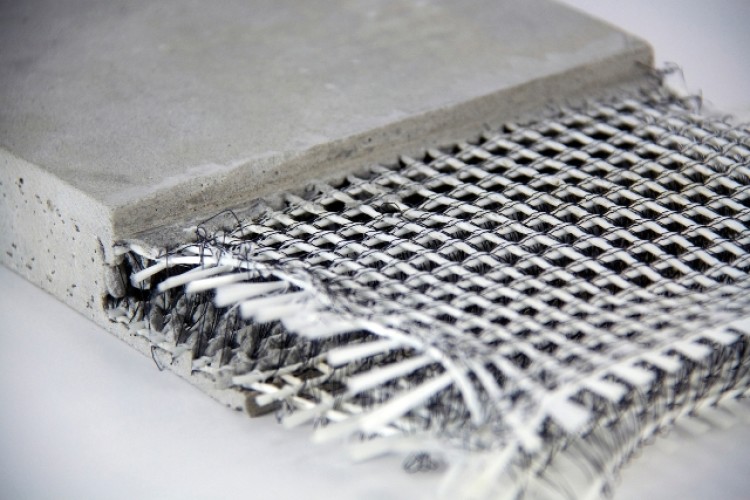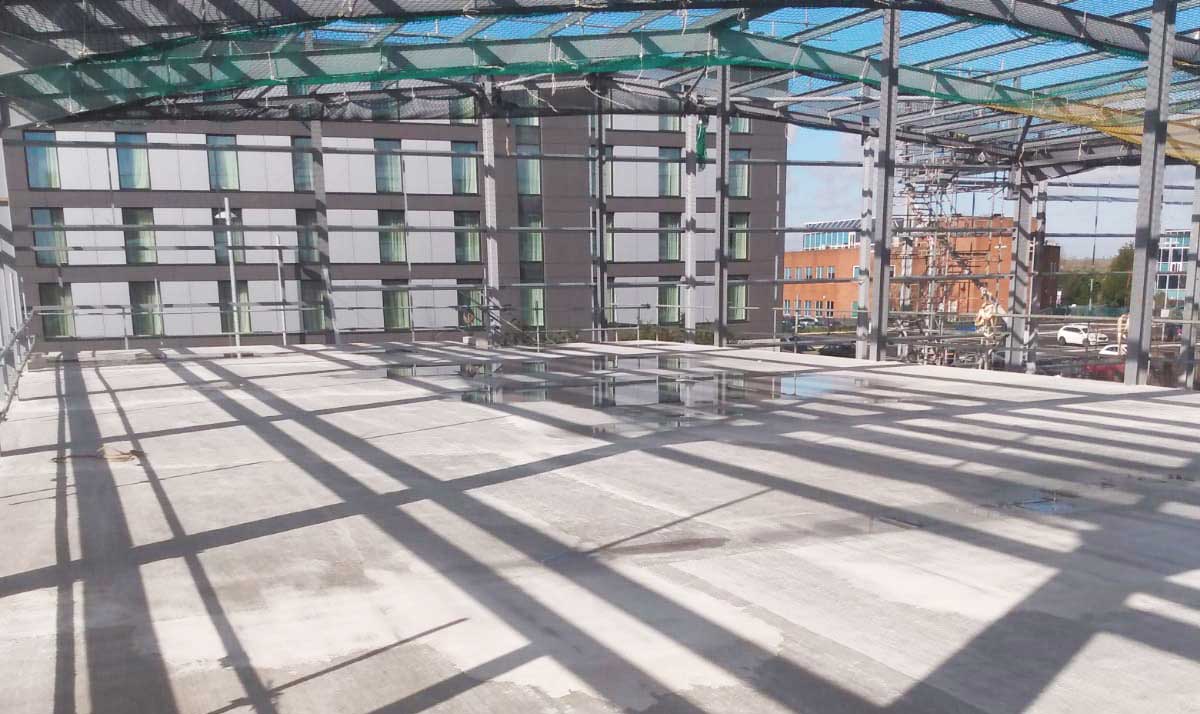Why Composites are Reinventing Building Products
Why Composites are Reinventing Building Products
Blog Article
Unlocking the Environmental Advantages of Recycled Compounds in Building and Layout
In the realm of construction and design, the usage of recycled composites holds considerable pledge for improving sustainability techniques and lowering ecological influence. The shift towards a much more sustainable future in these markets hinges on opening the full possibility of recycled compounds.

Environmental Influence Decrease
The reduction of environmental impact with the usage of recycled composites in construction and style plays a crucial role in sustainable methods. By incorporating recycled composites right into structure materials, the construction sector can dramatically reduce its carbon footprint and add to an extra environment-friendly future. These sustainable products, made from repurposed plastics, timber fibers, or other recycled elements, use a feasible alternative to traditional building and construction products without jeopardizing on quality or durability.
Recycled compounds assist draw away waste from garbage dumps and reduce the demand for drawing out resources, therefore conserving all-natural resources. Additionally, the production process of these compounds typically consumes much less energy and gives off less greenhouse gases contrasted to generating virgin materials (composites). This change towards making use of recycled composites not only decreases ecological harm but additionally promotes a round economic situation by urging the reuse of materials that would or else be thrown out
Waste Reduction
With a focus on decreasing waste in building and construction and layout, the combination of recycled compounds provides a lasting remedy to reduce environmental impact. Waste reduction is an important aspect of lasting techniques, and making use of recycled composites offers an opportunity to accomplish this goal successfully. By utilizing products that have actually already served their first purpose, such as recycled plastics or recovered timber fibers, the building and construction and layout sectors can significantly decrease the quantity of waste produced and sent out to landfills.
Recycled composites have the potential to divert considerable amounts of waste from standard disposal approaches, adding to an extra round economic situation where sources are utilized efficiently. Additionally, the manufacturing procedure of recycled compounds often consumes less power and generates less exhausts contrasted to virgin products, additionally minimizing the ecological footprint of building and style jobs.
Carrying out waste reduction methods via the unification of recycled compounds not just aids in preserving all-natural resources but additionally advertises a much more sustainable approach to structure and creating for a greener future.
Energy Conservation
Incorporating recycled compounds not only minimizes waste in construction and layout however also plays an important role in boosting energy conservation techniques within the market. The use of recycled compounds in building can considerably contribute to power conservation via different means. The production of virgin materials commonly needs substantial energy inputs, whereas using recycled compounds takes in much less energy, therefore decreasing overall energy consumption. Furthermore, incorporating recycled compounds can add to much better insulation residential properties in buildings, reducing the demand for extreme heating or air conditioning, and as a result reducing power use for climate control. The lightweight nature of several recycled composites can lead to lighter structures, calling for less energy for transport and installation. By promoting making use of recycled compounds in construction and design, the market can make considerable strides in the direction of achieving energy effectiveness and minimizing its carbon impact, ultimately adding to a more sustainable developed atmosphere.
Carbon Footprint Reduction
Enhancing sustainability practices via the application of recycled compounds in building and construction and style substantially decreases the carbon footprint of the sector. By including recycled materials into the manufacturing of compounds, the need for virgin resources lowers, causing lower power usage and greenhouse gas discharges related to typical production processes. This decrease in carbon impact is vital in combating climate adjustment and advertising a more eco-friendly method to construction and layout.
In addition, making use of recycled composites also aids in drawing away waste from landfills, therefore alleviating the environmental influence of disposal and promoting a round economic situation. The carbon footprint decrease achieved via the fostering of recycled composites straightens with the international push in the direction of lasting techniques and the reduction of industrial emissions. It showcases a dedication to accountable source administration and a shift towards greener choices in the building and construction and layout markets. Inevitably, by prioritizing the assimilation of recycled composites, the sector can make substantial strides in decreasing its carbon footprint and adding to a more lasting future.
Sustainable Future
The assimilation of recycled composites in building and construction and design not only addresses prompt environmental issues yet additionally lays a solid structure for a sustainable future in the sector. By integrating recycled compounds into structure materials and items, the construction and layout industries can significantly minimize their reliance on virgin sources, leading to a much more circular economic climate. This change towards sustainability is critical for alleviating the ecological effect of traditional have a peek at these guys building techniques, which often lead to high degrees of waste generation and source depletion.

Verdict
To conclude, recycled composites offer significant environmental benefits in construction and design by decreasing environmental effect, reducing waste, conserving energy, decreasing carbon footprint, and advertising a lasting future. Welcoming the usage of recycled compounds can add to an extra environmentally-friendly strategy to building and layout, inevitably bring about an extra sustainable and greener future for all.
The decrease of ecological influence via the usage of recycled compounds in building and construction and style plays a crucial role in lasting techniques.With a focus on minimizing waste in construction and layout, the assimilation of recycled compounds supplies a lasting option to decrease use this link environmental effect. By advertising the usage of recycled compounds in building and design, the industry can make significant strides in the direction of accomplishing energy effectiveness and decreasing its carbon impact, eventually contributing to a much more sustainable constructed environment.

Report this page